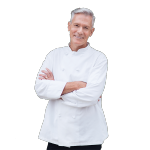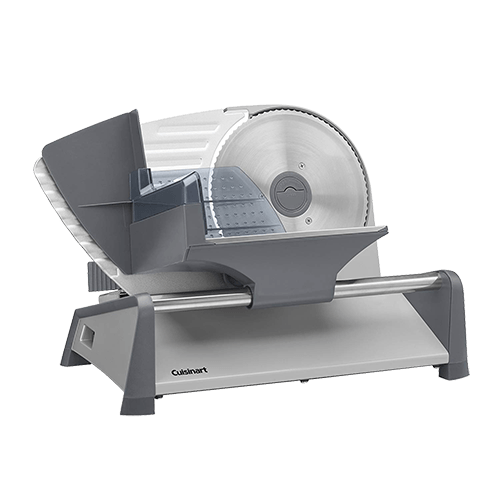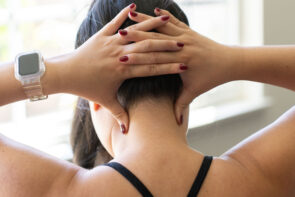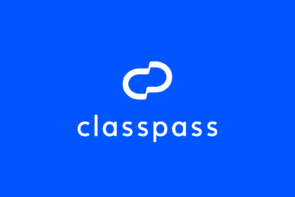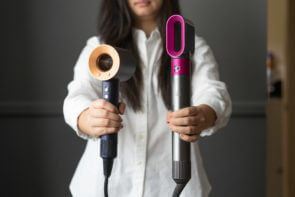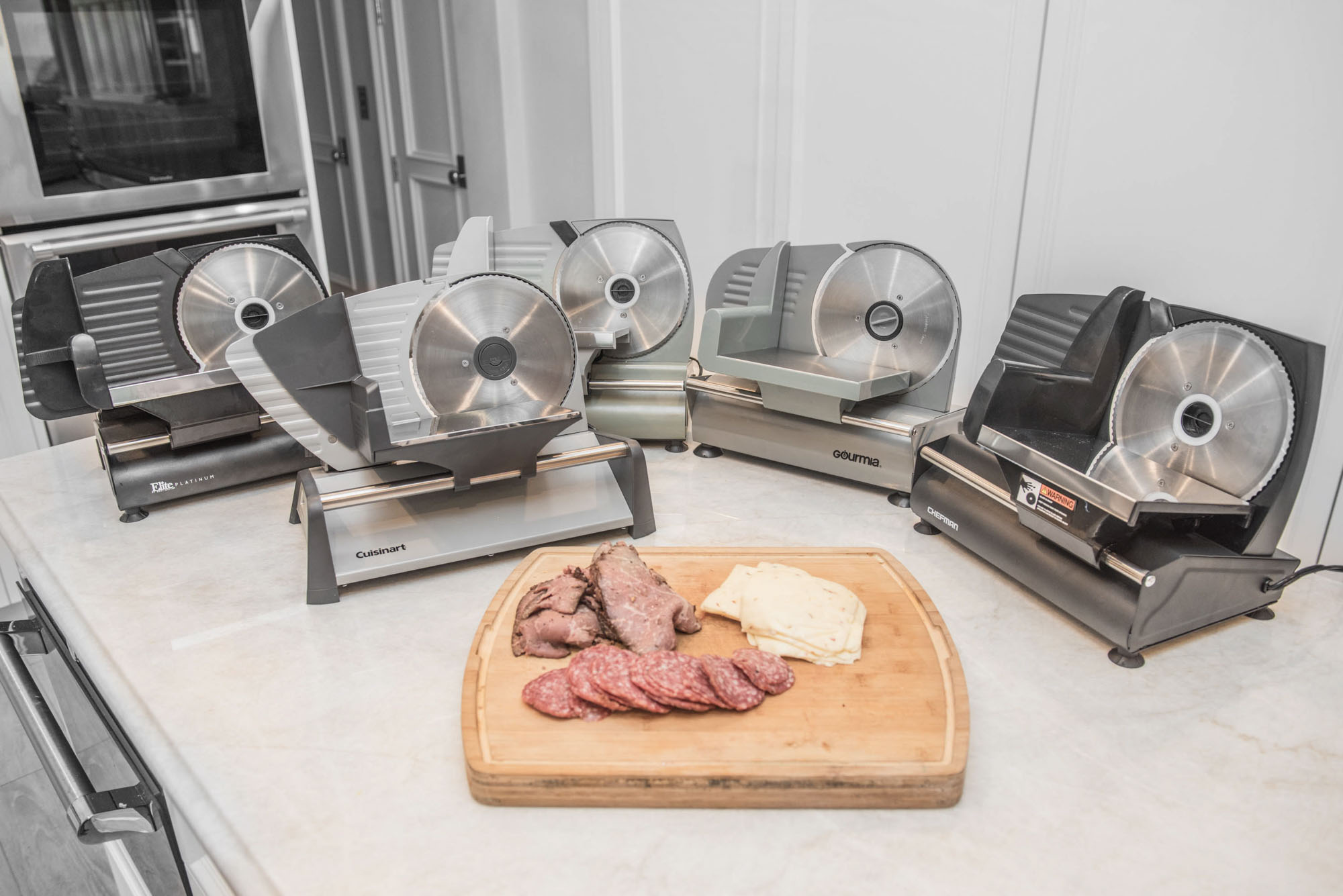
The Best Meat Slicers
We sliced through ten pounds of meat and cheese to find the best meat slicer for the home. The clear winner was the Cuisinart – FS-75, which sliced hard salami, roast beef and semi-soft cheese paper thin, just like you would get at a deli. We also liked the Arksen – A-048-GM-48087, which was on a par performance-wise with the Cuisinart, but it lacked a couple of small features that put the Cuisinart on top.
We sliced through ten pounds of meat and cheese to find the best meat slicer for the home. The clear winner was the Cuisinart – FS-75, which sliced hard salami, roast beef and semi-soft cheese paper thin, just like you would get at a deli. We also liked the Arksen – A-048-GM-48087, which was on a par performance-wise with the Cuisinart, but it lacked a couple of small features that put the Cuisinart on top.
Table of contents
- Compare the best meat slicers
- 1. Best meat slicer: Cuisinart – FS-75
- 2. Runner-up: Arksen
- Other meat slicers we tested
- How we selected finalists to test
- How we tested
- Important features to consider
- The bottom line
Compare the best meat slicers
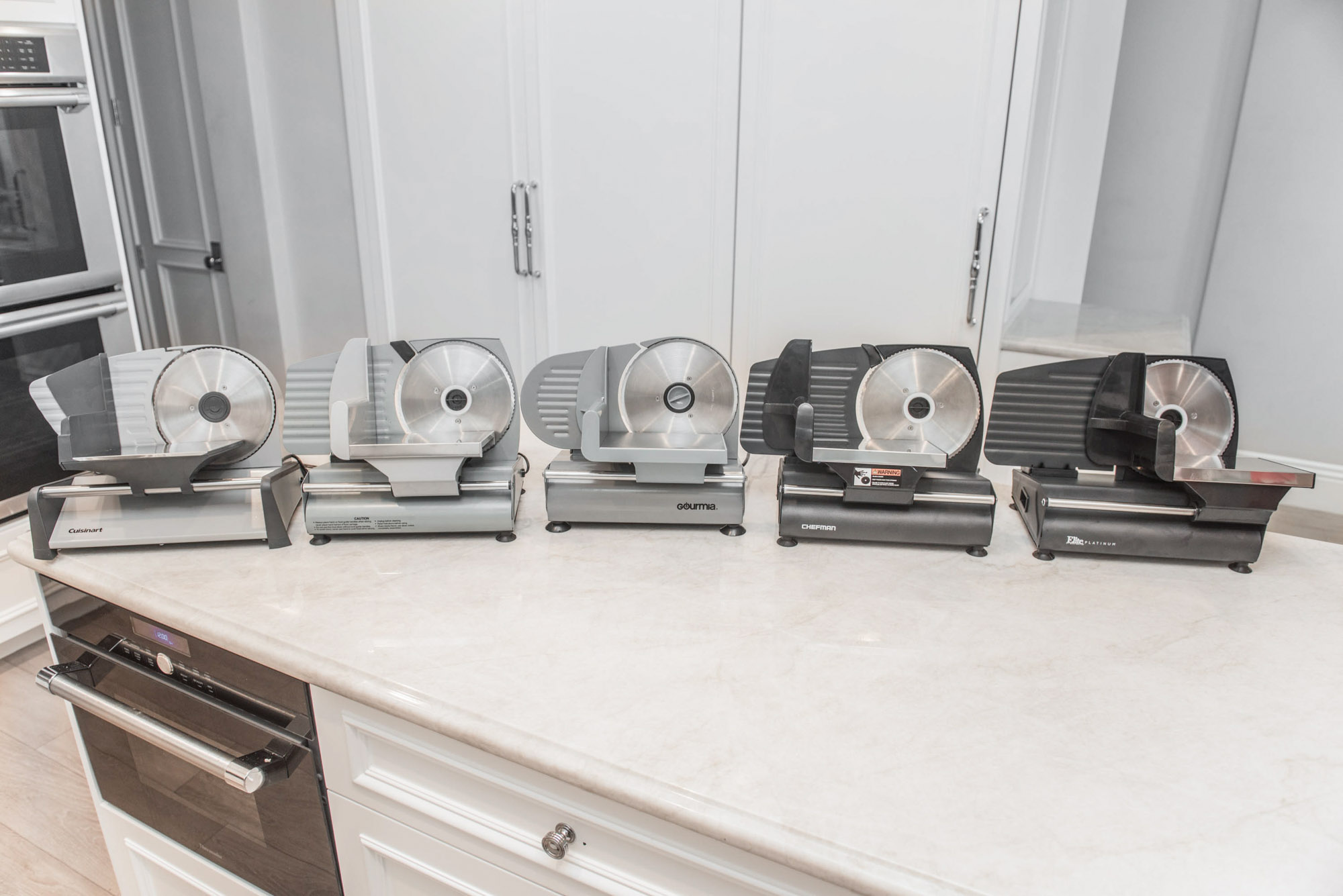
| Product | Price | Performance | Quiet | Easy to Clean |
|---|---|---|---|---|
| 1. Cuisinart - FS-75 | $$$ | ☆☆☆☆☆ | ☆☆☆ | ☆☆☆☆☆ |
| 2. Arksen | $$$ | ☆☆☆☆☆ | ☆☆☆ | ☆☆☆☆ |
| 3. Gourmia - GFS700 | $$$$ | ☆☆☆ | ☆☆☆ | ☆☆ |
| 4. Chefman - RJ49-CA | $$$$ | ☆☆ | ☆☆☆ | ☆☆☆ |
| 5. Elite Platinum | $$$ | ☆☆ | ☆ | ☆☆☆ |
1. Best meat slicer: Cuisinart – FS-75
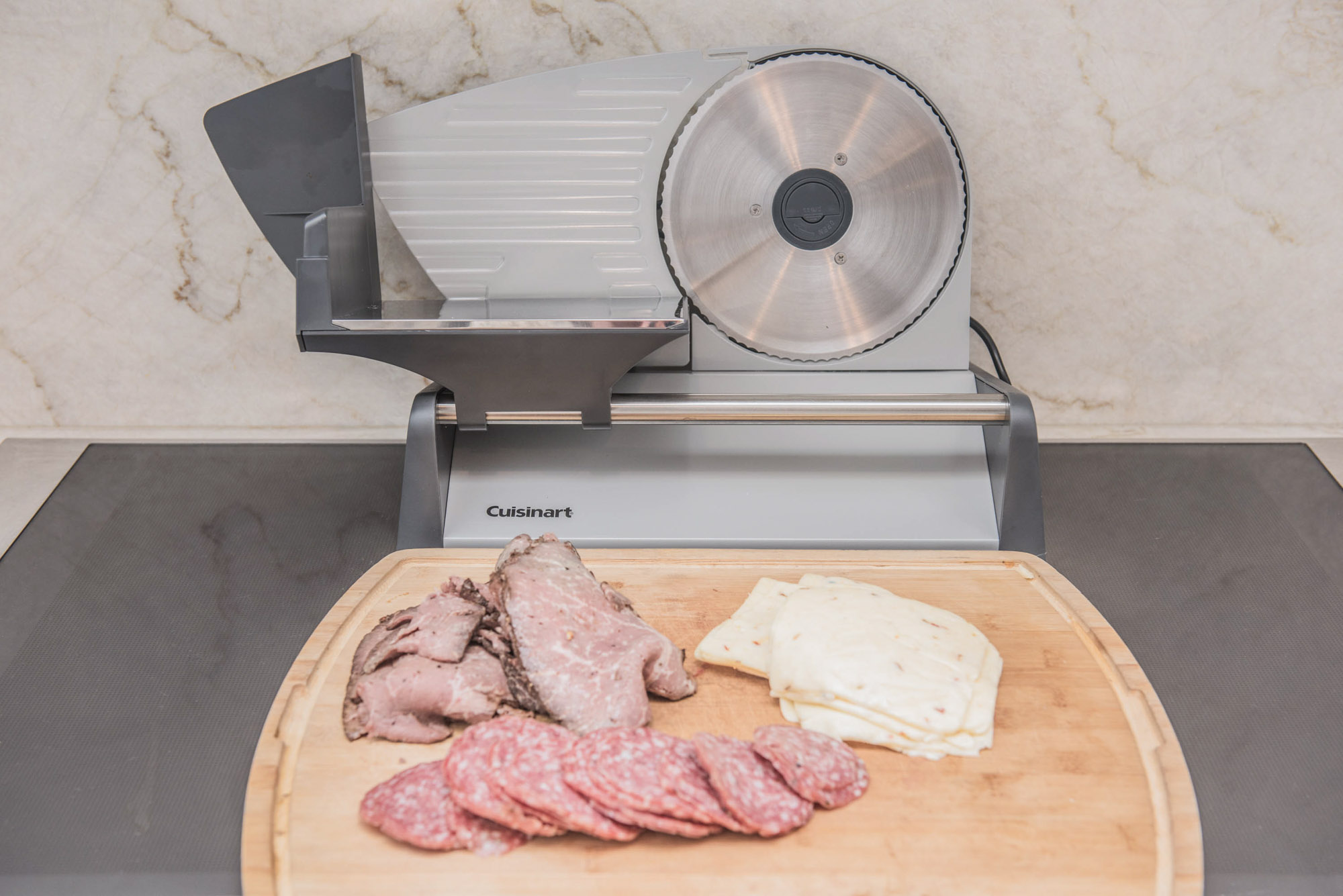
Not only does the Cuisinart – FS-75 cut tissue-paper-thin slices, it also has several safety and ergonomic features that none of the other meat slicers we tested has.
If you’ve never worked with a meat slicer before, it may be a bit intimidating at first. The circular blade looks like a mini buzzsaw, and it really is as sharp as it looks. So it was reassuring that when we unpacked the Cuisinart, its blade was completely recessed into the blade’s casing. The Cuisinart’s slice control knob is set at a true zero, which guarantees practically zero chance of injury when you’re storing it.
The knob is also ergonomically designed. Its unusual comma shape does two things. First, your thumb fits into the curve, which allows for a precise adjustment of cut size. Also, the knob moves away from the blade — rather than towards it, like most of the other slicers’ knobs do — so it’s safe as well.
Performance was excellent. We experimented with the thinnest setting, and the cheese and salami were sliced as perfectly as you’d see on a restaurant’s charcuterie board. The roast beef shredded a bit, so we increased the cut size to the next thickness (1/16 inch), and it stayed intact.
Best for Deli Sandwiches: Cuisinart - FS-75
The Cuisinart slices the thinnest cuts of meats and cheese for making the perfect deli-style sandwich at home. Ergonomically designed with safety features to prevent injury that most of the other slicers we tested didn’t have, the Cuisinart handily made our top pick.
Clean-up of any meat slicer is always a pain, but it’s easier with the Cuisinart. It’s the only slicer with a removable carriage, which pops out and back in, and allows you to clean crevices underneath. The Cuisinart also has a nifty recessed handle in the center of the blade. You push a button, and a small handle pops out, which then allows you to lift out the blade without touching its edges.
The Cuisinart is about the same price as the other slicers we tested. We found it to be the easiest to operate, and with the thoughtful design and safety features, we recommend the Cuisinart as the best meat slicer.
Key takeaways:
- The Cuisinart – FS-75 consistently sliced razor-thin meats and cheese for deli-style sandwiches or a gourmet charcuterie board at home.
- Its additional safety features protect fingers and hands from the blade.
- With its removable sliding carriage, the Cuisinart was the easiest to clean.
- The Cuisinart is similarly priced to other meat slicers, but it’s better made.
2. Runner-up: Arksen
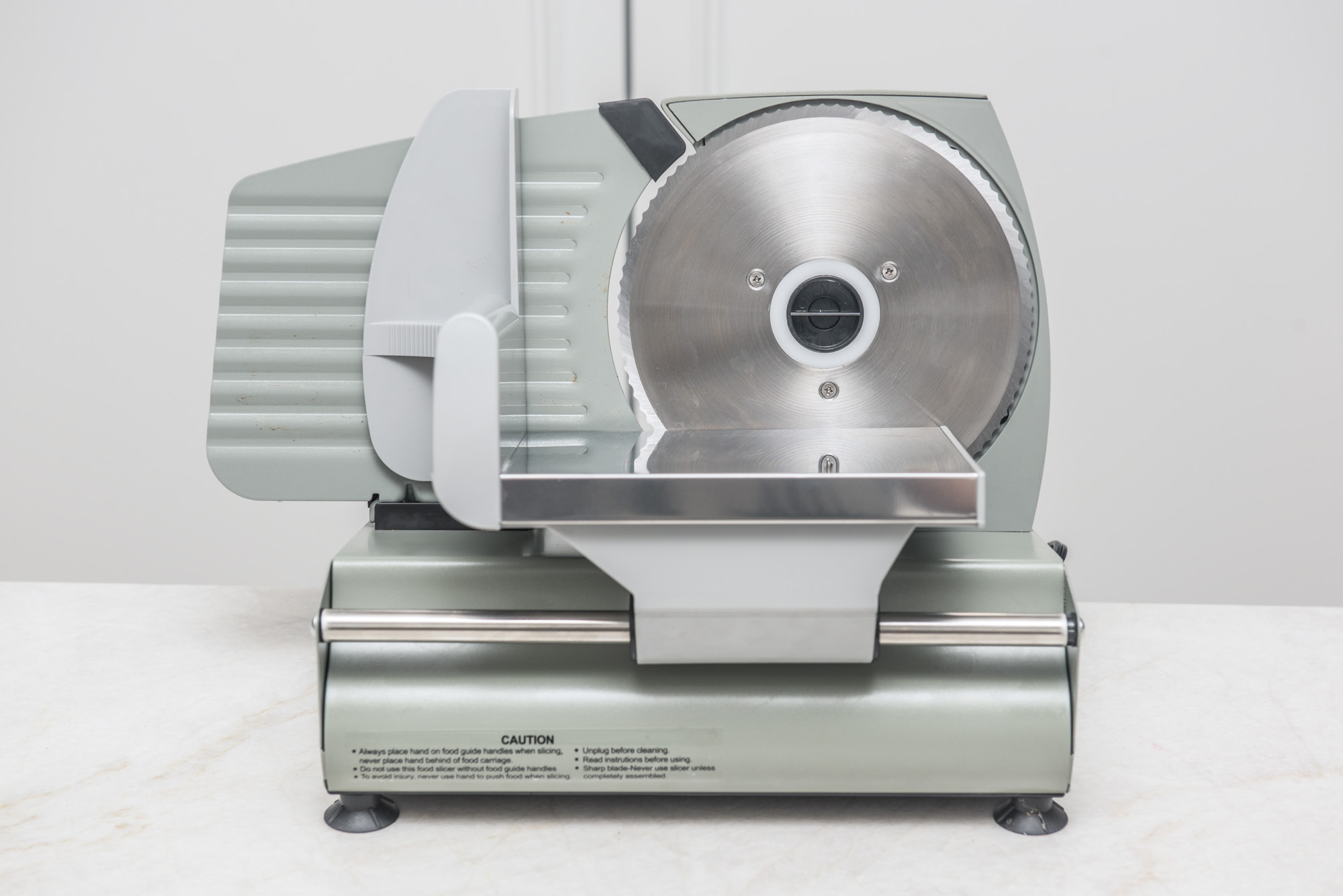
The Arksen – A-048-GM-48087 meat slicer performed almost as well as the Cuisinart. It’s also the only other slicer we tested that had a true-zero adjustment setting, so the blade is recessed in its casing. Similar to the Cuisinart, the Arksen has a curved adjustment knob that turns away from the blade. Initially we found the knob stiff to turn, but after repeated use, it was easier to adjust.
The Arksen sliced everything very well, but it was particularly good with cheese. At its lowest setting, it sliced cheese so thinly and evenly, the slice was transparent when we held it up to the light. Salami was also sliced paper-thin. The roast beef didn’t slice quite as thinly, but when we increased the thickness to the next level (1/16 inch), the slices came out evenly cut.
The only thing we didn’t like about the Arksen is, like the other slicers — except the Cuisinart — a viscous white lubricant has been injected into the blade casing to keep the blade running smoothly. Instructions state that the (hopefully food-grade) lubricant should not be washed off. But it’s unavoidable when you need to properly clean the blade, and the lubricant smears both the inner and outer sides of the blade with a greasy film that’s difficult to remove.
The Arksen frequently makes “best of” lists, and we can see why. It’s a well-crafted slicer that’s lightweight, user-friendly and affordable.
Key takeaways:
- Arksen – A-048-GM-48087 can slice just about everything at the thinnest cut.
- It has a couple of the safety features that our top pick Cuisinart has for protecting fingers and hands from getting nicked by the sharp blade.
- The lubricant in the blade casing tends to smear when you’re trying to clean the blade.
Other meat slicers we tested

Gourmia – GFS700
It took some trial and error to get an even slice out of the Gourmia – GFS700. The thickness-adjustment knob, which needs to be turned toward the blade rather than away, doesn’t have the accuracy that the Cuisinart and Arksen had. The salami sliced well, but we couldn’t get the cheese to slice thinner than 1/16-inch without falling apart. Roast beef shredded until we increased the thickness to ¼-inch.
Removal and reinsertion of the blade was also challenging. The blade connects to the hub with a plastic screw. Once it was removed, we had to pry the blade out of the casing, increasing the chances of injury. To put the blade back into the casing, the plastic screw needed to be perfectly aligned or the blade jammed.
Chefman – RJ49-CA
The Chefman – RJ49-CA’s chassis and casing are made of die-cast metal, so it looks and feels like it’s well-constructed. The Chefman has an almost identical blade and blade lock as the Cuisinart, but that’s where the favorable comparison ends. The Chefman doesn’t have a true-zero setting, so the blade is always exposed in storage. The markings on the adjustment knob are in a reverse direction, so we couldn’t see what thickness we adjusted it to, which means we had to eyeball the thickness as we sliced. Even when we set the Chefman to the thinnest cut, it sliced everything too thick.
Elite Platinum – EMT-625B
The Elite Platinum – EMT-625B was certainly the loudest slicer we tested, and if you’re bothered by the sound of a buzzsaw, this slicer isn’t for you. Although it has the Cuisinart’s blade lock, the Elite has the same problems as the Chefman: greasy lubricant in the blade casing and on the blade, adjustment settings in reverse and difficulty in getting a thickness less than ¼-inch.
How we selected finalists to test
We scoured through consumer reviews on Amazon to find out what people like or dislike about the meat slicer they bought and how they use it. Almost everyone cites the expense of buying cold cuts at a deli counter or prepackaged in a supermarket as the reason for purchasing a meat slicer for home. Not only is a meat slicer great for slicing home-roasted meats, but many people also use one for cutting paper-thin slices of meat and then making jerky in a food dehydrator like those we reviewed.
Meat slicers for the home are about one-fifth the size of a professional meat slicer, but there are limitations to the size of the meat and cheese you want to slice. For example, all of the slicers we tested could handle a slab of roast beef about 8-inches in length but not more than 4.5-inches thick. So, they’re really not intended for bulk quantities, unless you cut the meat or cheese into several chunks and slice them one at a time.
The meat slicers you find on Amazon and elsewhere have the same 7.5-inch, circular serrated blade. A few larger models are available, but we decided to stick with the regular size with the 7.5-inch blade. The blades for all of the meat slicers we tested were made of stainless steel, which guarantees them a long life without getting dull.
How we tested

Since slicing meat and cheese is what a meat slicer is intended for, we selected hard salami, roast beef and a semi-soft cheese. Unless its motor is weak (none of the finalists we tested were), it’s relatively easy for a meat slicer to cut thick slices. However, to really make a deli-style sandwich, the meats and cheese should be cut very thin. So for each slicer, we attempted to get a slice at one millimeter, its lowest setting.
We also checked the slicer’s safety features and whether or not it was user-friendly. Finally, after all the slicing, we tested how easy the slicers were to clean and store away.
Important features to consider
When you shop for a meat slicer, you’ll notice that they pretty much look identical. Each meat slicer will have a:
- Metal (or metal and plastic) chassis that houses the motor
- Circular, serrated blade that fits into a central hub
- Adjustable-thickness control knob
- Sliding carriage for pushing food through the blade
- Safety guard for preventing injury
- Non-slip feet
The best meat slicers, however, have a few subtle differences that you should look for.
Blade lock: The serrated circular blade should lock and unlock into the center hub without your having to touch the blade itself. The blade should have a recessed handle that pops in and out when you’re removing the blade or reinserting it into the hub. A meat slicer’s blade is murderously sharp, and the lock’s handle will prevent your being cut.
Blade recess: All slicers have a knob to adjust thickness from zero to 15 millimeters (½ inch). When the knob is at zero, the blade should be completely recessed in its casing; otherwise, it’s easy to nick your fingers when you’re storing the slicer away. Two of the meat slicers we tested had recessed blades when their adjustment knobs were at zero; the other meat slicers did not, so their blades were slightly exposed even at zero.
Removable carriage: Bits of food get stuck in between the blade and its casing, so the slicer needs to be thoroughly cleaned after every use. If the carriage is removable, you’ll have better access to safely clean the recesses where food is trapped.
The bottom line
If you crave a deli sandwich and don’t want to fuss slicing meat and cheese with a knife, then a meat slicer will save you time, frustration and money. A meat slicer is also great for thinly slicing vegetables, and if you’re a fan of a bread machine, many consumers even slice perfect slices of home-made bread with one.
The Cuisinart – FS-75 is about the same price as the other meat slicers we tested, but it was the easiest to use and consistently cut even and super-thin slices of meat and cheese. Added to its excellent performance are the safety features that help prevent injury from the efficient, razor-sharp blade.
More Reviews
19 Long Flight Essentials to Carry On
Travel pillow
Igloo - Playmate 30 Can
The 10 Best Curling Irons for Thick Hair
BIO IONIC - Long Barrel Curling Iron 1.25' NanoIonic MX
The 8 Best Dog Shedding Brushes
Hertzko Self-Cleaning Brush
The 11 Best Fanny Packs & Belt Bags
Wandrd - Toiletry Bag in Medium
SmartCat - Ultimate Scratching Post
OXO - 3-Blade Tabletop
Shark - Rocket HV302
Dyson Hair Dryer vs Airwrap Styler
Dyson - Supersonic Hair Dryer

